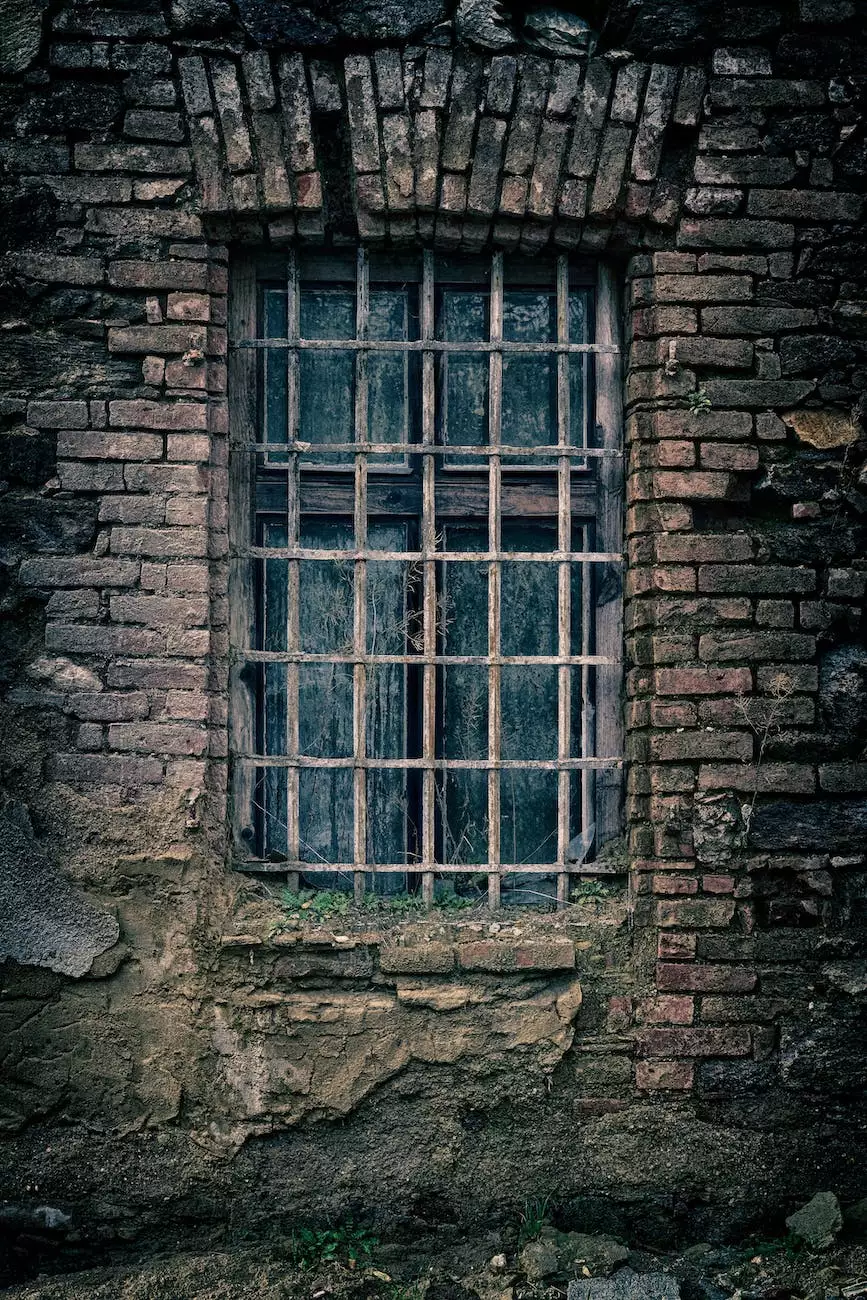Definition of the Term Flashing
Services Offered
Welcome to the comprehensive guide on the definition of the term "Flashing" provided by Nicholas Home Inspection & Consulting, a trusted name in Business and Consumer Services - Consulting & Analytical services. In this article, we will delve into the importance, types, and role of flashing in maintaining the integrity of your property.
What is Flashing?
Flashing is a key element in any building's construction that plays a crucial role in preventing water leakage, moisture damage, and other related issues. It is a technique used to direct water away from vulnerable areas and prevent it from seeping into the building envelope. Flashing acts as a protective barrier, ensuring that water does not penetrate the structure and cause potentially costly and destructive consequences.
The Importance of Flashing
Flashing serves as a vital safeguard against water intrusion, which can lead to a wide range of problems such as mold growth, rotting wood, and compromised structural integrity. It provides a defense mechanism, ensuring that water is redirected away from vulnerable areas where it can cause significant damage over time.
Effective flashing is especially crucial in locations prone to heavy rainfall, snowfall, or other extreme weather conditions. Without proper flashing, water can find its way into walls, roofs, windows, doors, and other areas, resulting in moisture-related issues that can be costly to repair.
Types of Flashing
There are several types of flashing used in construction, each designed to address specific areas of vulnerability. Some common types of flashing include:
- Step Flashing: Step flashing is typically used in roofing systems and is installed alongside shingles or tiles. It creates a watertight barrier in areas where the roof intersects with vertical walls, preventing water from seeping into the gaps.
- Drip Edge: Drip edge flashing is commonly installed at the edges of roofs to direct water away from the fascia and minimize the risk of water infiltration. It is designed to prevent water from running down the roof's edge and causing damage.
- Window Flashing: Window flashing is used around windows to seal gaps between the window frame and the surrounding wall. It ensures that water is directed away from the window and does not enter the building.
- Door Flashing: Similar to window flashing, door flashing serves as a protective barrier around doors. It prevents water from infiltrating the door assembly and causing damage.
- Roof-to-Wall Flashing: This type of flashing is crucial in areas where the roof meets a wall. It creates a waterproof transition zone, redirecting water away from this vulnerable juncture.
The Role of Flashing in Property Maintenance
Flashing plays a significant role in maintaining the long-term health and durability of any property. By effectively managing water intrusion, flashing helps prevent moisture-related problems that can compromise the integrity of the structure, degrade materials, and create an unhealthy environment.
Regular inspection and maintenance of flashing are essential to ensure its continued effectiveness. Over time, flashing can degrade due to exposure to the elements, insufficient installation, or general wear and tear. Identifying and addressing any issues promptly can help avoid potential water damage and costly repairs down the line.
Conclusion
In conclusion, understanding the definition, importance, and types of flashing is crucial for any property owner or prospective homebuyer. Nicholas Home Inspection & Consulting is committed to providing reliable and professional consulting services to ensure the integrity and longevity of your investment. Contact our team today to schedule a comprehensive inspection and receive expert guidance on protecting your property against water intrusion and related issues.




